Why MRP is Important in Electronics Manufacturing
In electronics manufacturing, precision is everything. A single forecasting error or mismanaged material order can lead to costly downtime, excess inventory, and wasted components.
Posts about:
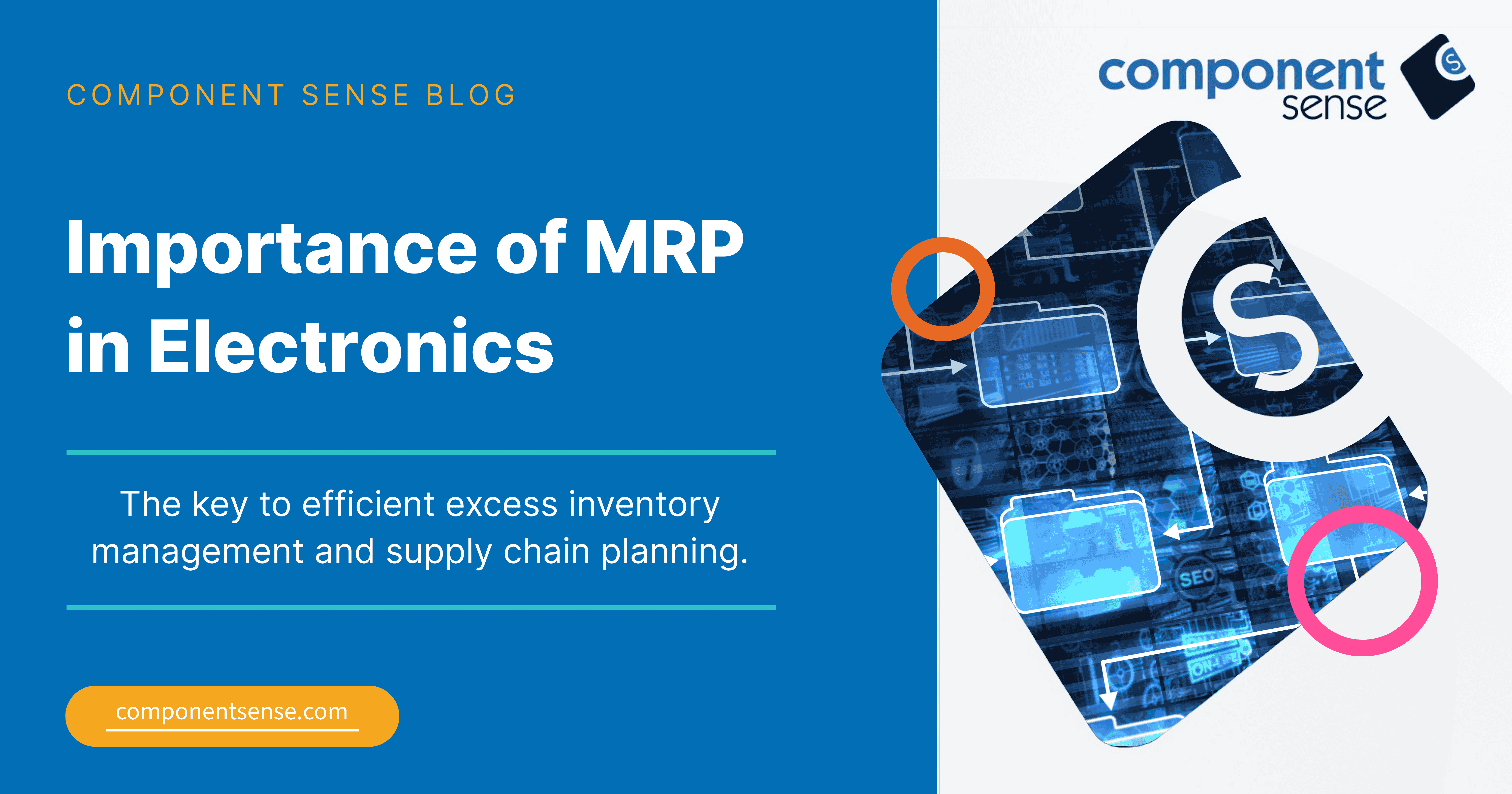
In electronics manufacturing, precision is everything. A single forecasting error or mismanaged material order can lead to costly downtime, excess inventory, and wasted components.
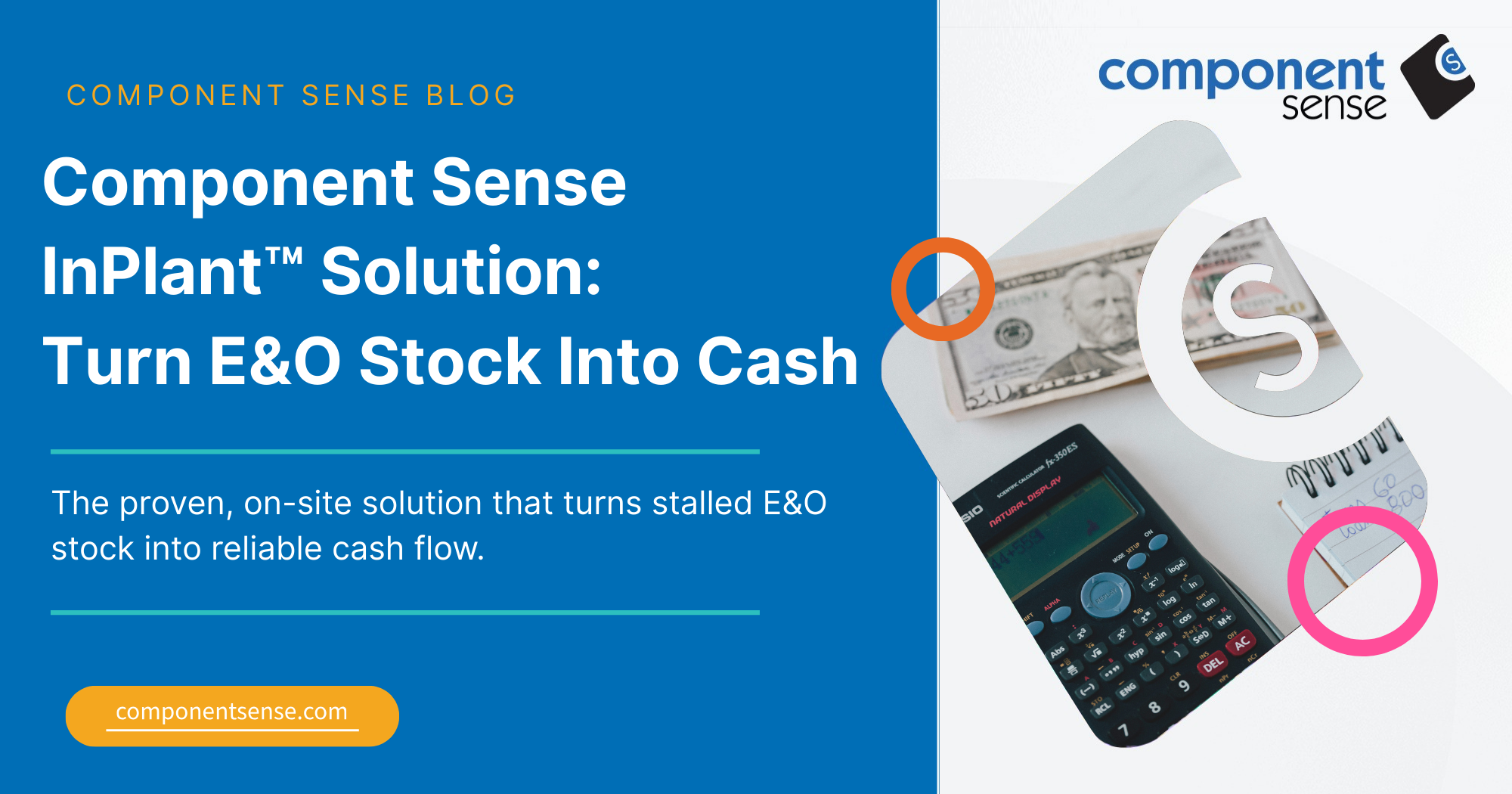
By Kenny McGee, CEO of Component Sense.
Is your senior management team truly committed to driving down excess and obsolete (E&O) stock levels? Or are you stuck in a cycle of paralysis?
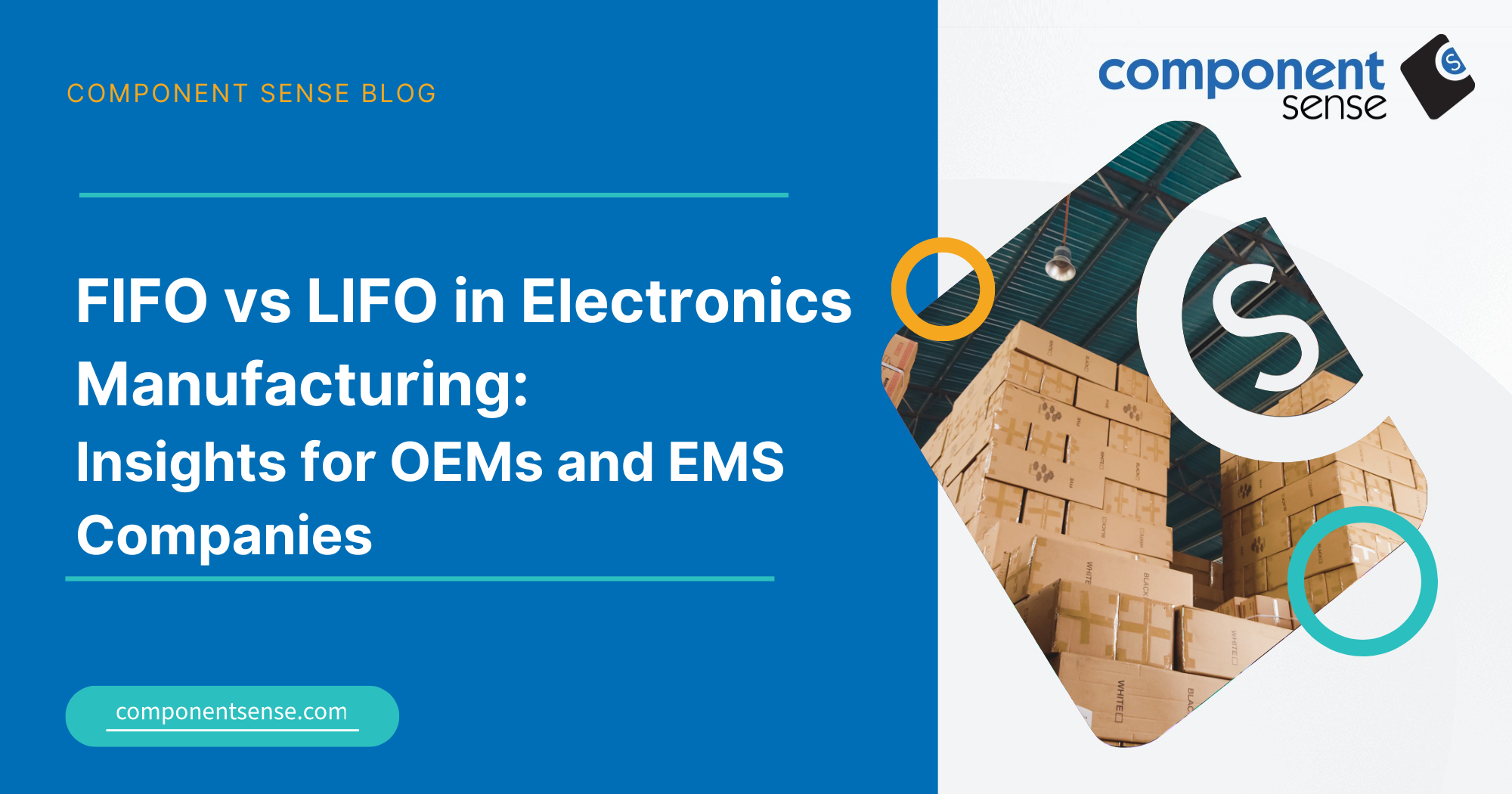
For electronics manufacturers, managing inventory is more than a numbers game. Every day, OEMs and EMS companies navigate volatile component pricing, global supply chain disruptions, and the constant threat of excess or obsolete stock. Choosing the right inventory method directly impacts cash flow, operational efficiency, and the ability to monetise surplus components.
Most electronics companies worldwide rely on the FIFO (First In, First Out) method because it aligns with the rapid obsolescence of components and high turnover rates. LIFO (Last In, First Out) is rarely used, but it still appears in niche contexts, particularly in US GAAP-compliant subsidiaries managing stable, long-life components. Understanding both methods helps you make informed decisions that improve financial reporting, reduce waste, and streamline operations — especially when paired with innovative stock solutions like Component Sense's InPlant™.
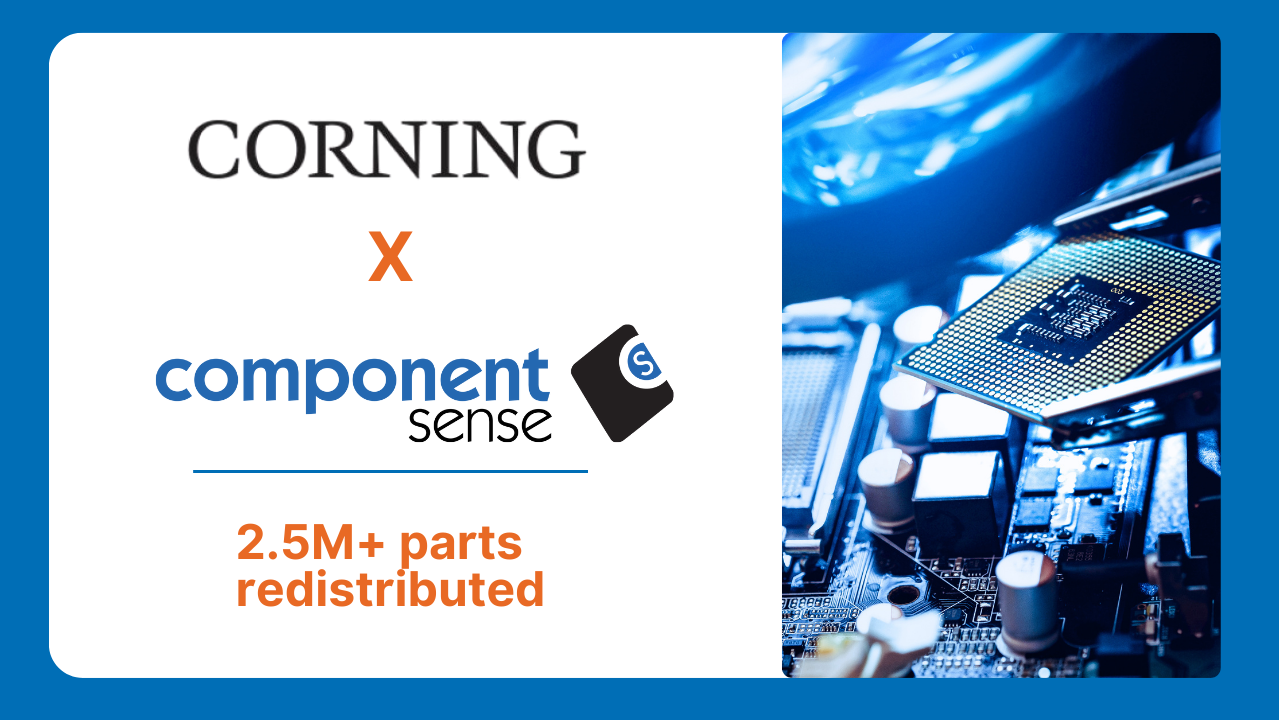
About 10% of a global manufacturing company’s revenue is tied up in excess and obsolete (E&O) components. Many default to scrapping or landfill for disposal. This ultimately hurts profit margins, increases warehouse costs, and undermines sustainability goals. Component Sense helped Corning Inc. address this challenge head-on.
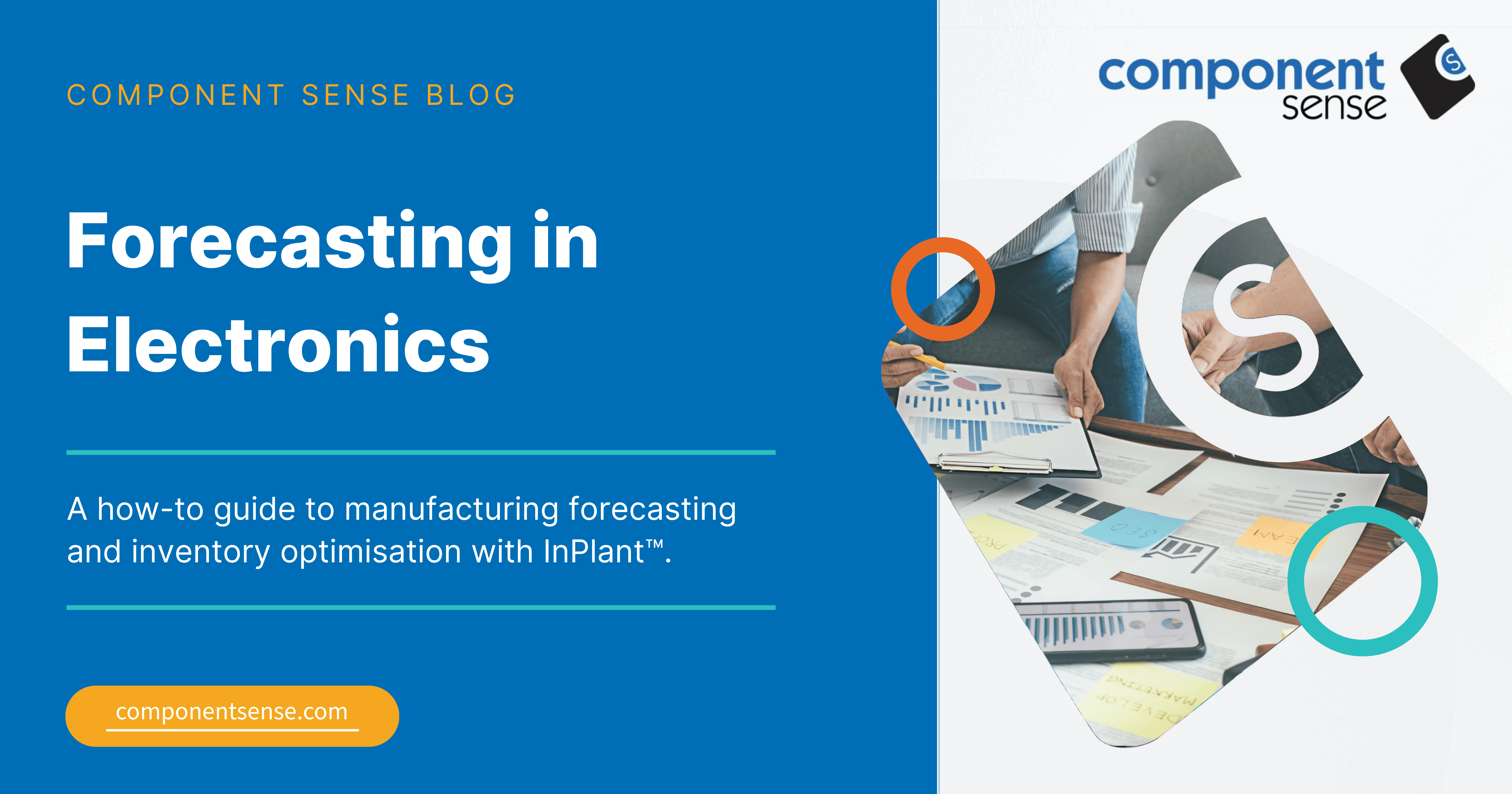
Forecasting in manufacturing is the backbone of efficient operations, cost control, and long-term business sustainability. Without accurate forecasting, manufacturers risk stockouts, excess inventory, and wasted resources.